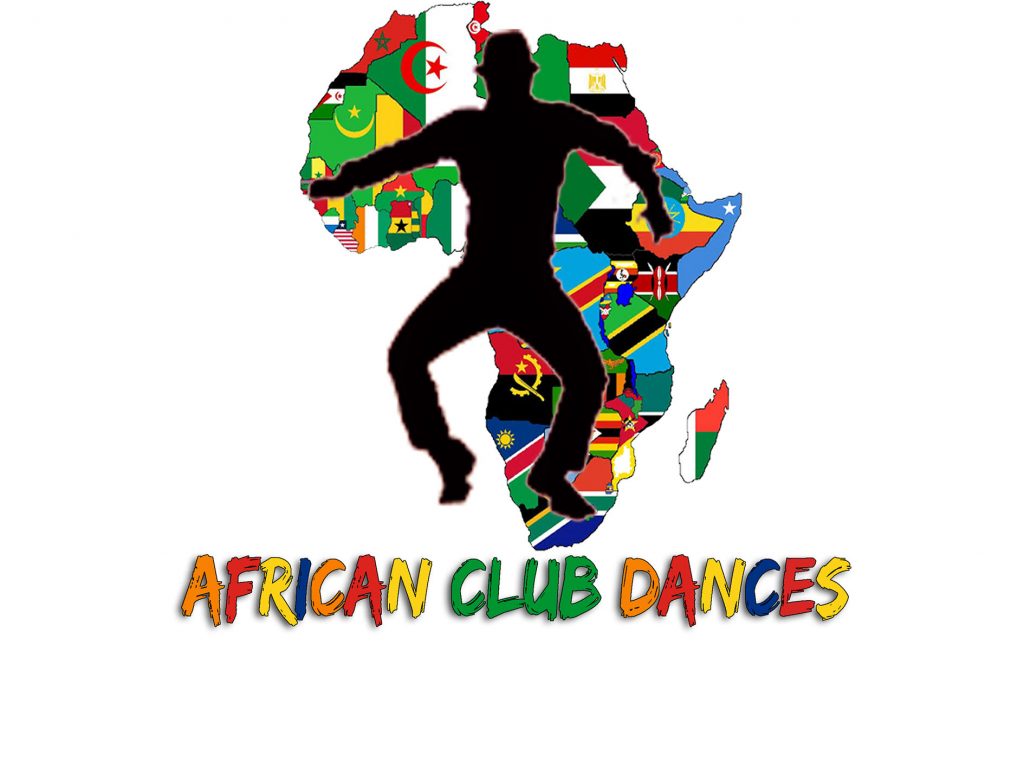Pantsula History
Pantsula is a highly energetic and expressive street dance that originated in the townships of South Africa during the apartheid era in the 1950s and 1960s. It began as a form of resistance and a way for the black urban youth to express their defiance against the apartheid regime. Over the decades, Pantsula has evolved into not just a dance but a lifestyle, embodying the resilience, creativity, and spirit of South African urban culture. The dance is characterized by its fast footwork, quick steps, and a fluid style that mimics the rhythms of South African music, often performed to Kwaito, a genre of music that emerged in Johannesburg in the early 1990s.
Fun Fact: Pantsula is not only a dance but also has its own distinctive fashion style. Dancers often wear brightly colored, casual, and sometimes retro clothing, including Converse sneakers, baseball caps, and tight-fitting trousers, making the Pantsula dancers easily recognizable.
The dance was initially inspired by American jazz and tap dance but quickly incorporated unique South African movements and rhythms, reflecting the country’s musical traditions and social history. As Pantsula evolved, it became a form of social commentary, with dance crews using their performances to communicate messages about life in the townships, including issues of poverty, unemployment, and the impact of HIV/AIDS on their communities.

Today, Pantsula is celebrated both within South Africa and internationally, recognized as an important cultural artifact and a vibrant expression of South African identity. Dance crews and solo performers keep the tradition alive by competing in dance battles, performing at festivals, and teaching the next generation of dancers. Moreover, Pantsula has influenced contemporary South African dance styles and has been featured in music videos, documentaries, and films, spreading its reach and impact beyond its origins in the townships.
Trivia: Pantsula dance moves are often named after their creators or inspired by everyday activities, such as the “Tsotsi” walk, which mimics the swagger of gangsters, or “Pouncing Cat,” a move that resembles the cautious approach of a cat. This naming convention adds a personal touch to the dance, celebrating the creativity and individuality of Pantsula dancers.
Pantsula’s enduring popularity and significance lie in its ability to adapt and respond to changing social and political landscapes, all while maintaining a sense of joy and communal identity. It stands as a powerful testament to the resilience and creativity of South African youth, making it an essential part of the country’s cultural heritage.
